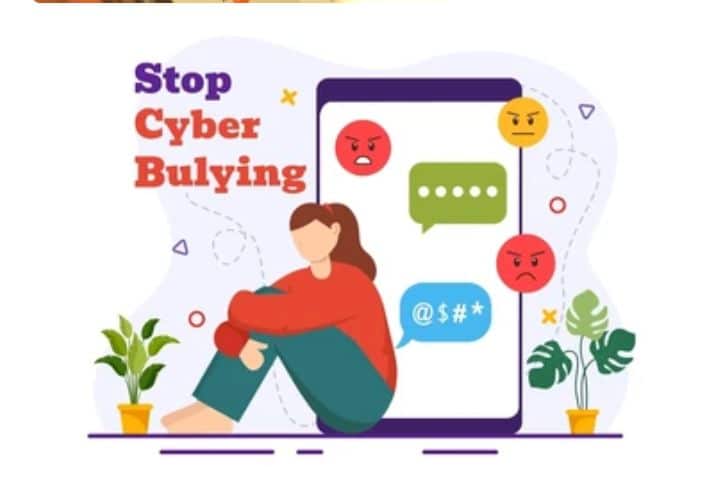The digital age has brought about remarkable advancements in communication, access to information, and social interaction. However, with these developments comes a darker side—cyber bullying. Unlike traditional forms of bullying, which are confined to physical spaces and limited social circles, cyber bullying transcends geographical boundaries, occurring across various online platforms such as social media, messaging apps, and online gaming communities.
This article explores the nature of cyber bullying, its psychological impact, and effective strategies for prevention and intervention.The Nature of Cyber bullying is the use of digital technologies to harass, threaten, or humiliate individuals. It manifests in various forms, including but not limited to:- Harassment: Repeatedly sending offensive, threatening, or insulting messages.-
Doxing:Publishing private or personal information about an individual without their consent.
Impersonation: Creating fake accounts to damage someone’s reputation or relationships.
Exclusion:Deliberately excluding someone from online groups or activities.Unlike traditional bullying, cyber bullying is often anonymous, making it difficult for victims to identify their tormentors. The persistence of online content exacerbates the problem, as harmful messages or images can be shared rapidly and remain accessible indefinitely. This permanence amplifies the distress experienced by victims, as they are unable to escape the reach of their aggressors.

Psychological Impact of Cyber bullying.
The psychological effects of cyber bullying can be profound and long-lasting. Victims often experience a range of emotional responses, including anxiety, depression, and low self-esteem. The constant threat of online harassment can lead to severe mental health issues, such as chronic stress, panic attacks, and even suicidal ideation. Adolescents and young adults, who are the most frequent targets of cyber bullying, are particularly vulnerable to these adverse effects due to their developmental stage and the importance they place on social acceptance. Moreover, the impact of cyber bullying extends beyond the individual. Families of victims often suffer from emotional distress, and the wider community may experience a breakdown in social cohesion. Cyber bullying can also create a toxic online environment, deterring users from participating in online activities and fostering a culture of fear and mistrust.

Strategies for Prevention and Intervention Addressing cyber bullying requires a multi-faceted approach that involves individuals, schools, parents, and policymakers.
Key strategies include:
1. Education and Awareness: Educating young people about the risks of cyber bullying and promoting digital literacy are crucial. Schools should implement comprehensive programs that teach students about online etiquette, the importance of empathy, and the potential consequences of their actions.
2. Parental Involvement: Parents play a critical role in preventing cyber bullying. By maintaining open communication with their children and monitoring their online activities, parents can identify signs of cyber bullying early and take appropriate action.
3. Legal Measures: Governments and institutions must establish and enforce laws that protect individuals from cyber bullying. This includes holding perpetrators accountable and providing victims with legal recourse.
4. Technological Solutions: Social media platforms and online services should implement robust mechanisms for reporting and addressing cyber bullying. This includes automated content moderation, user reporting systems, and algorithms that detect and remove harmful content.
5. Support Systems: Providing victims with access to counseling and mental health services is essential in helping them cope with the effects of cyber bullying. Schools and communities should offer resources and safe spaces for victims to seek help and share their experiences.

Cyber bullying is a pervasive issue in today’s digital world, with severe implications for mental health and social well-being. Combating this problem requires collective action from individuals, communities, and institutions. By fostering a culture of respect and responsibility online, we can mitigate the harmful effects of cyber bullying and create a safer digital environment for everyone. The future of digital interaction hinges on our ability to address this challenge with empathy, awareness, and decisive action.




